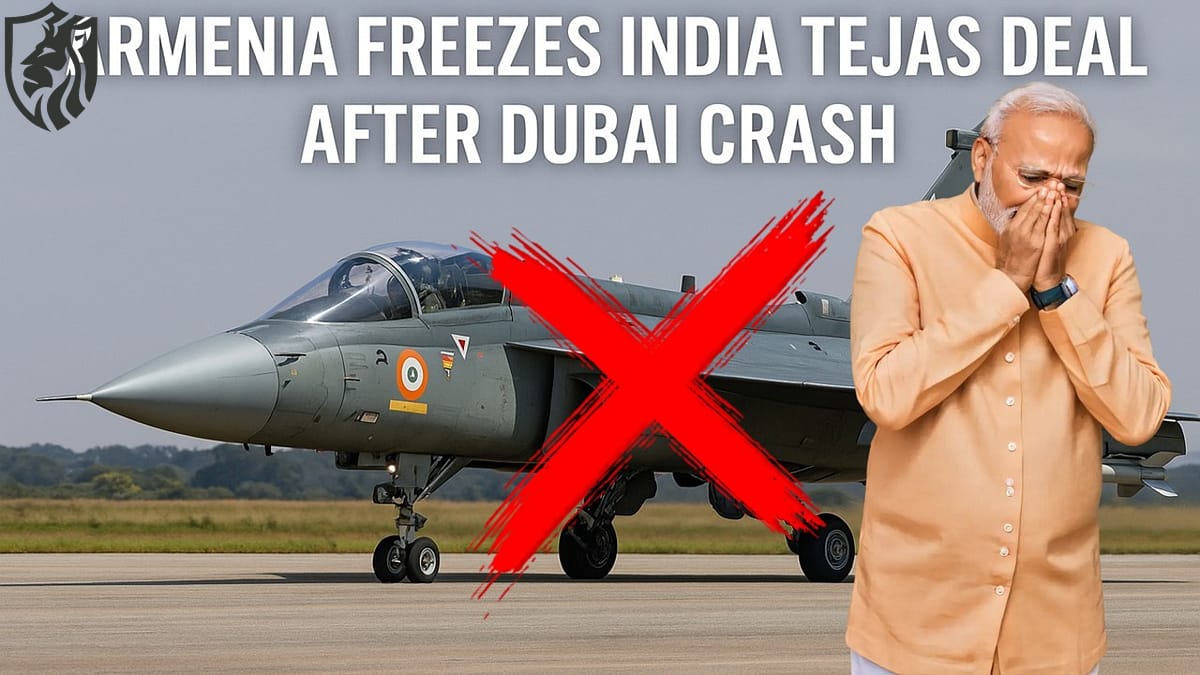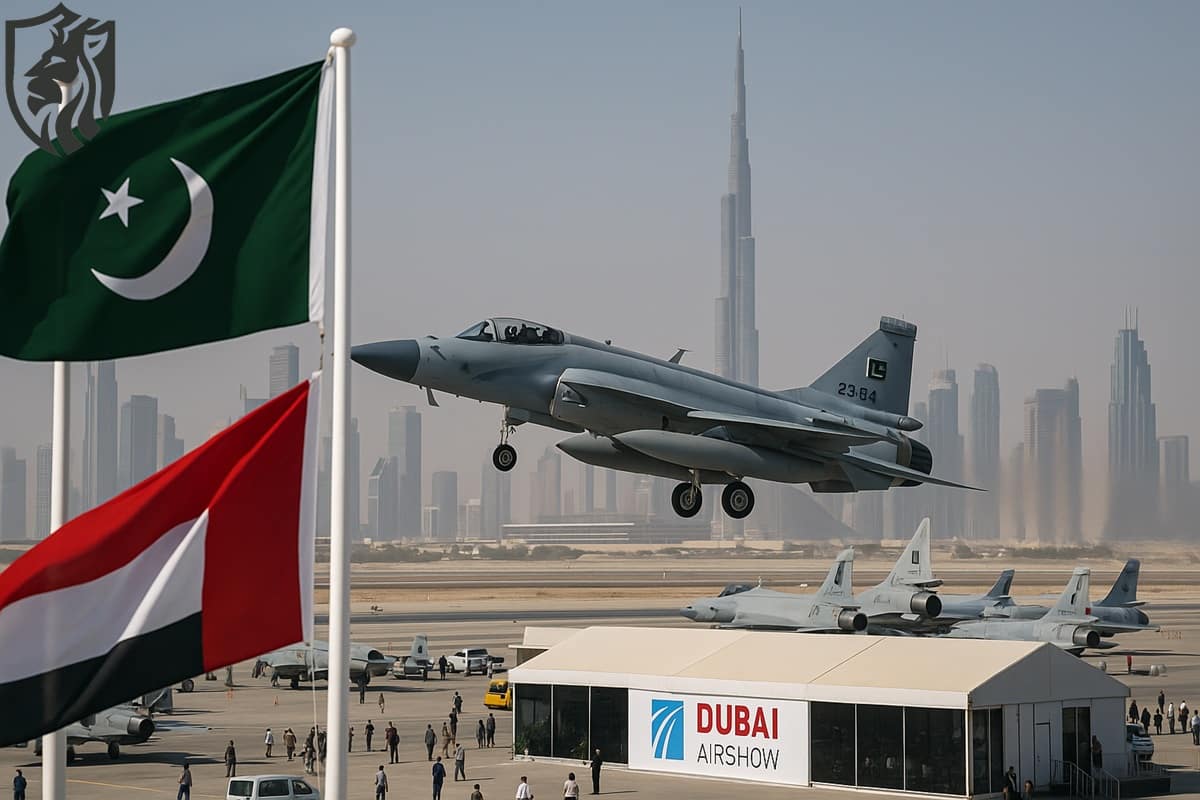
F-14 Tomcat carrying MIM 23 HAWK
The Iran-Iraq War (1980–1988) was one of the longest conventional wars of the 20th century, marked by brutal combat and heavy casualties. The Grumman F-14 Tomcat, one of the most advanced fighter jets of its time, equipped the Iranian Air Force during this conflict.
Before the 1979 Islamic Revolution, Iran had acquired these jets as part of its military relationship with the United States. While the F-14 was a powerful aircraft capable of maintaining air superiority, Iran’s access to spare parts and munitions—especially the AIM-54 Phoenix missiles—became increasingly limited due to sanctions and embargoes imposed after the revolution.
This shortage of critical air-to-air missiles pushed Iranian engineers to improvise, leading to the innovative and daring use of Raytheon HAWK surface-to-air missiles (SAMs) as a substitute for the Tomcat’s intended armament.

The F-14 Tomcat and Iran’s Air Superiority
With its advanced radar and powerful air-to-air missiles, the F-14 Tomcat revolutionised aerial combat by engaging enemy aircraft at long distances. Iran had purchased 79 F-14s in the 1970s, along with a stockpile of AIM-54 Phoenix long-range air-to-air missiles and AIM-7 Sparrow and AIM-9 Sidewinder short-range missiles.
With the Shah’s downfall and the rise of the Islamic Republic, Iran was no longer able to source spare parts or replacement missiles from the United States, which severely hampered the effectiveness of the F-14 fleet.
Despite these challenges, the Islamic Republic of Iran Air Force (IRIAF) managed to keep many F-14s operational. Iranian pilots, trained by American instructors before the revolution, were among the best in the region, and their F-14s played a crucial role in controlling Iranian airspace.
However, as the war with Iraq dragged on, the stockpile of AIM-54 Phoenix missiles dwindled, leaving Iran with a significant problem: how to keep their powerful F-14s combat-effective without their primary armament.
The Shortage of Air-to-Air Missiles
Designed for long-range engagement, the AIM-54 Phoenix was the key weapon of the F-14, enabling Tomcat pilots to strike enemy aircraft well before detection. These missiles were especially useful against Iraq’s Soviet-supplied MiG-21s, MiG-23s, and Su-22 bombers.
However, by the mid-1980s, Iran had used up most of its Phoenix missile stockpile. Without a source for replacement missiles, Iranian engineers had to improvise to keep the F-14s operational in their air defence roles.
The shortage of other air-to-air missile systems, like the AIM-7 Sparrow and AIM-9 Sidewinder, compounded the problem. Desperate for a solution, Iranian engineers looked to a missile system they had in abundance—the Raytheon MIM-23 HAWK surface-to-air missile (SAM).
The Raytheon HAWK Missile Solution
The HAWK missile was originally designed as a medium-range, all-weather SAM, intended to destroy incoming aircraft or missiles. It had a maximum range of around 25 miles (40 km) and was guided by ground-based radar systems. However, it was not designed for use by fighter jets like the F-14.
Despite this, Iranian engineers set about adapting the HAWK missiles to work as air-to-air missiles. This effort required overcoming significant technical challenges. The HAWK missile was larger and heavier than the typical air-to-air missiles carried by the F-14, and its guidance systems had to be modified to work with the Tomcat’s onboard radar.
While the exact details of how the engineers managed to adapt the HAWK for the F-14 remain unclear, it is believed that they modified both the missile’s launch mechanism and guidance system. This conversion enabled the Tomcats to fire HAWK missiles at Iraqi aircraft, although the system was far from perfect.
Combat Effectiveness and Kill Statistics
The use of HAWK missiles on the F-14 gave Iran a temporary way to defend its skies. These modified missiles were less effective than the AIM-54 Phoenix. Even so, they managed to score some successes in combat.
Iranian pilots used HAWKs to shoot down several Iraqi aircraft. Exact kill numbers remain disputed among historians and analysts. Still, the HAWK-equipped F-14s had a few confirmed victories in the later years of the war.
In one notable case, an Iranian F-14 fired a HAWK at an Iraqi MiG-25. The missile destroyed the MiG-25, a rare and impressive achievement. The MiG-25 was one of the fastest aircraft in the world, reaching speeds of Mach 3.
These victories were uncommon but showed Iran’s creativity under pressure. The IRIAF kept its F-14s operational and dangerous despite severe shortages.
During the war, Iranian F-14s scored about 160 air-to-air kills. This made them one of the most successful air defence assets during the conflict. Most kills came from AIM-54, AIM-7, and AIM-9 missiles. However, the HAWK missiles helped extend the F-14’s combat life. They allowed Iran to maintain air superiority despite limited resources.
Challenges and Limitations
Despite the innovative solution, the use of HAWK missiles as air-to-air weapons came with significant limitations. The HAWK was never intended for high-speed aerial combat, and its large size and weight made it less manoeuvrable than dedicated air-to-air missiles. Additionally, the radar guidance system was not optimised for the fast-paced dynamics of dogfighting, making it less reliable in combat.

There were also technical problems with integrating the missile’s electronics with the F-14’s radar and fire control systems. These limitations meant that HAWK missiles were only used in a limited number of engagements, as the IRIAF continued to rely on the few remaining Phoenix, Sparrow, and Sidewinder missiles for most of their air combat missions.
Conclusion
The Iran-Iraq War pushed Iran’s military to show creativity under extreme pressure. Iran adapted Raytheon HAWK missiles for its F-14 Tomcats. This unusual modification kept the IRIAF defending its skies, despite severe supply shortages.
HAWK missiles were not designed for air-to-air combat. Still, they gave Iran a stopgap solution to keep flying and fighting. Their use helped the IRIAF maintain a degree of air superiority during the war.
Exact kill numbers from HAWK-equipped F-14s remain unclear. However, the adaptation showed the determination of Iranian engineers and pilots. Their ingenuity kept Iran’s defences alive when resources ran out. The story of this modification remains a symbol of wartime resilience. This feat illustrates the IRIAF’s unwavering perseverance in the face of overwhelming challenges.
References
- Cooper, Tom. The Iran-Iraq War in the Air, 1980–1988. Atglen, PA: Schiffer Military History, 2002.
- Ward, Steven R. Immortal: A Military History of Iran and Its Armed Forces. Washington, D.C.: Georgetown University Press, 2009.
- Speak, Mike. The Great Book of Modern Warplanes. New York: MBI Publishing, 2000.









